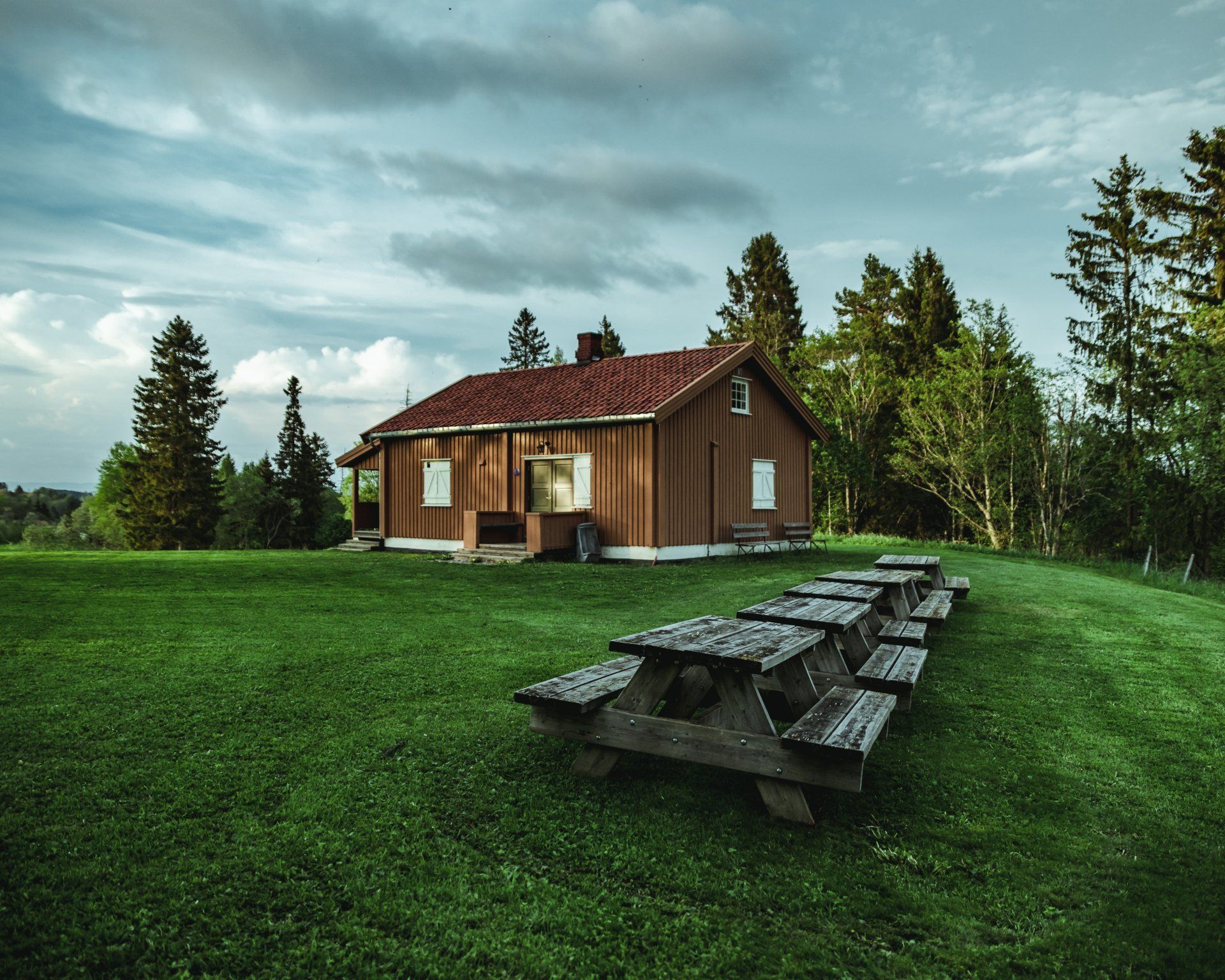How to Improve Drainage in Your Lawn

A well-drained spot is important for your lawn’s health because the soil has tiny pore spaces that hold oxygen that roots need to stay healthy. When water isn’t able to drain through the pores, the pore spaces fill up with water, leading to all kinds of plant growth challenges, including disease, fungus growth, and rot.
Take the following steps to improve your poorly drained soil and the overall health of your lawn and garden.
Build up Low Spots
If there are low spots or sunken areas in your yard that hold water and drain slowly you should mound organic material, such as topsoil mixed with compost or rotted manure, over these low areas. Create a slight rise compared to the surrounding soil so that the standing water won’t return to the area.
Aerate the Lawn
Aeration reduces compaction by pulling plugs of soil from the ground. It also improves turf circulation. The aeration results in holes opening up the soil to allow for water, oxygen, and nutrients to reach the grass roots. The soil can get compacted from people walking or playing on the lawn. Compacted soil cannot absorb water well.
Reduce Your Watering Schedule
Before taking any step, consider the possibility that you could be overwatering your yard and/or garden. Cut down on your watering and watch the trouble spots to see if they drain or not. If the spots drain, it means the soil simply can’t keep up with your watering schedule. If not, it may be time to get your hands dirty.
Install Drain Tile
Installing an underground drainage tile is another solution to alter a site with poor drainage. Attention to detail is key to success when installing drain tile. Carefully analyze the slope, tile depth, and where the water will outlet. A rain garden or bog garden might be necessary near the drain tile outlet.
You should cover the entire drainage pipe with a few inches of gravel to prevent soil particles from plugging the openings in the tile. Then, fill the trench to the surface level with topsoil. Avoid blockages at the pipe's outlet. If you're worried about critters getting into the pipe, put Critter-Repellent Packs around the pipe’s outlet to keep unwanted animals away.
Build a Rain Garden
Rain gardens allow water to seep into the soil as several water-loving plants, such as perennials, shrubs, and trees in rain gardens tolerate wet and dry conditions. The plants absorb the water and slow it down as it moves through the garden.
A rain garden is more than plopping in plants where the ground stays wet. There’s excavating 2 or 3 feet of soil, leveling the base, building a berm and a catch basin for overflow. Rain gardens filter water, absorb it, and distribute it along its pathway, usually within 48 hours.
To sum up, these steps will help you to create a healthier, greener yard. Improving your lawn’s permeability is a must as slow-draining soil can be detrimental to turf and landscape plants.
Critter Repellent All Natural Animal Repellent Blog












